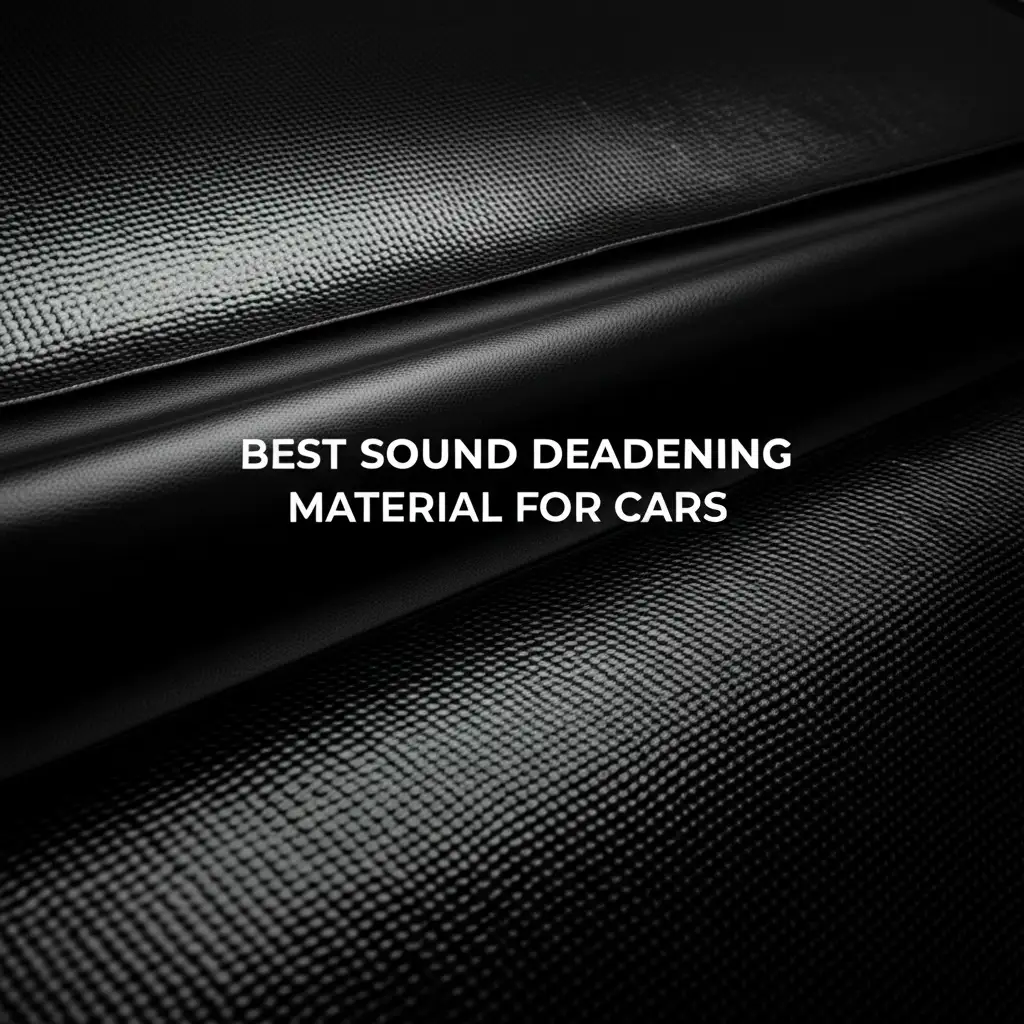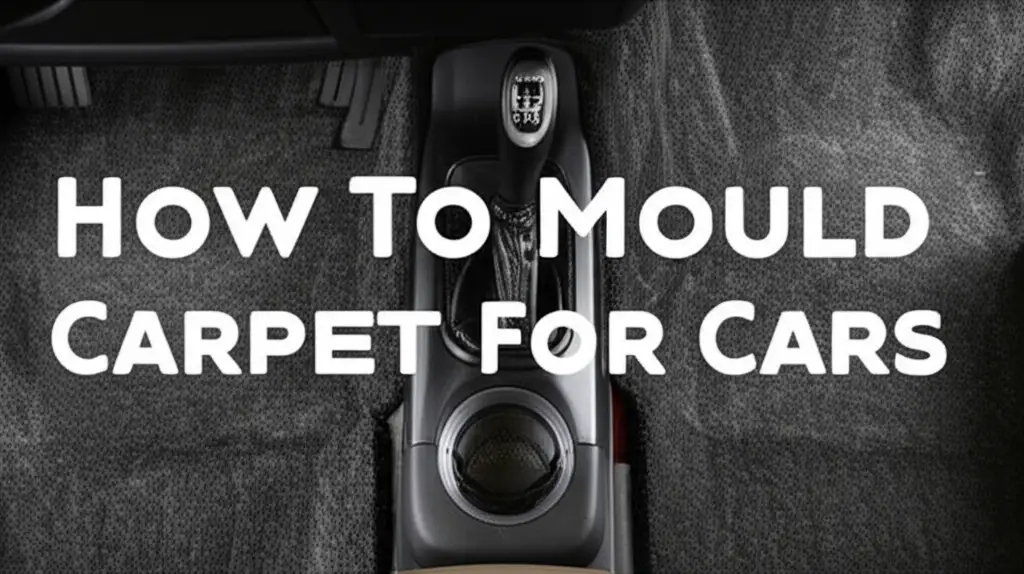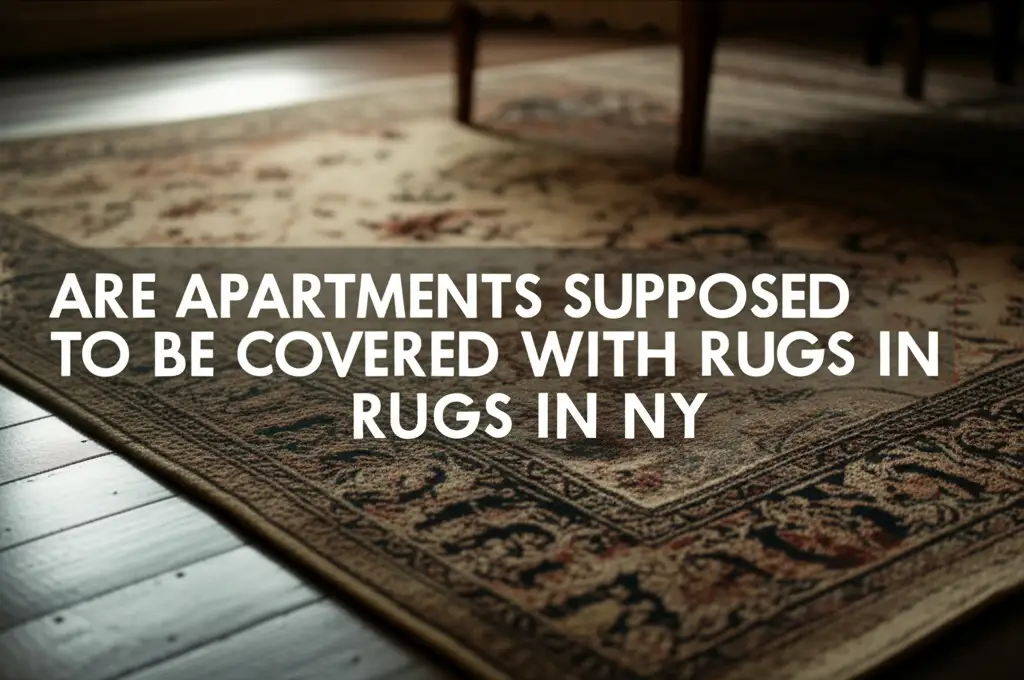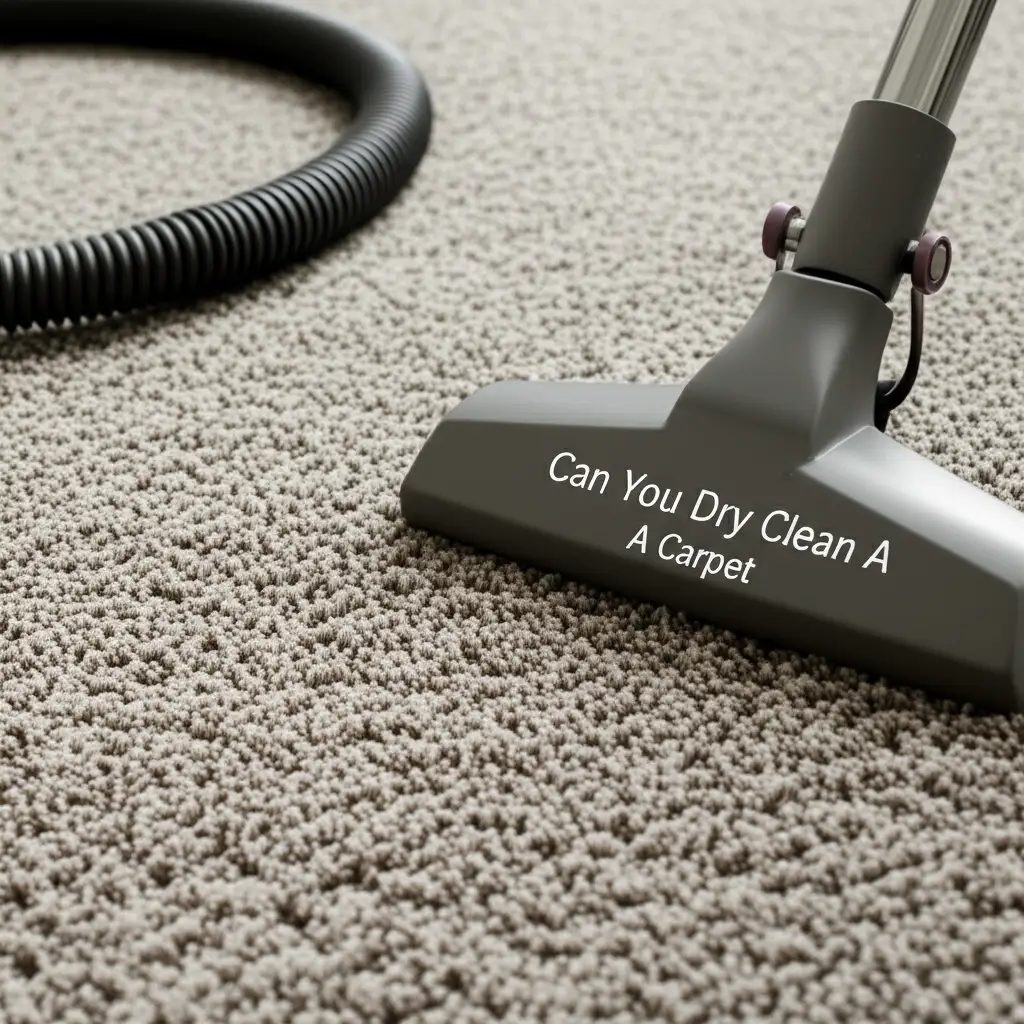· Mason Everett · Automotive · 19 min read
Best Sound Deadening Material For Cars

Find the Best Sound Deadening Material for Cars
Imagine cruising down the road in your car. Do you hear annoying road noise, engine hum, or wind whistling? If so, you are not alone. Many car owners wish for a quieter ride. Achieving a peaceful cabin can greatly improve your driving experience. It makes long trips more comfortable and lets you enjoy your music clearly.
This article explores the best sound deadening material for cars. We will discuss different types of materials. You will learn where to apply them. We also cover installation tips and the benefits you gain. Get ready to transform your noisy ride into a serene oasis.
Takeaway
- Butyl Rubber Mats: These are top for vibration damping. They stop structural noise.
- Closed-Cell Foam (CCF): Use CCF for blocking airborne noise. It creates a sound barrier.
- Mass Loaded Vinyl (MLV): MLV is excellent for noise isolation. It stops sound waves from passing through.
- Installation Matters: Proper application is key for best results. Clean surfaces and good adhesion help.
- Layering Materials: Combine different materials for a quiet car interior. This handles various noise types.
The best sound deadening material for cars often involves a combination of butyl rubber mats for vibration damping, closed-cell foam for sound blocking, and mass loaded vinyl for superior noise isolation. These materials work together to create a quiet, comfortable car cabin by addressing different noise sources effectively.
Understanding Car Noise and Why Sound Deadening Helps
Your car produces many types of noise. These sounds come from different sources. Road noise, tire hum, and engine vibrations are common culprits. Wind noise can also enter the cabin. These noises combine to create a loud environment. A loud car makes conversations difficult. It also hurts your audio system’s sound quality.
Sound deadening materials aim to reduce this noise. They absorb vibrations and block sound waves. Think of it like adding insulation to your home. The materials create a barrier. This barrier stops noise from entering or spreading. A quieter car means less fatigue on long drives. It makes your daily commute more pleasant.
Car sound deadening works in two main ways. First, it damps vibrations. This stops metal panels from resonating. Second, it blocks airborne noise. This means less outside sound gets inside. You will notice a big difference in comfort. Your music will sound much better too. We want a quiet, relaxing space.
Many modern cars lack proper sound insulation. Manufacturers cut costs in this area. Adding sound deadening is a simple upgrade. It boosts your car’s comfort level significantly. This simple change transforms your driving experience.
Types of Sound Deadening Materials: What Works Best
Choosing the right sound deadening material is important. Different materials solve different noise problems. Knowing their uses helps you pick the best ones. I find that a mix of materials works best for a quiet ride.
Butyl Rubber Sound Deadening Mats
Butyl rubber mats are often the first step. These mats are heavy and sticky. They apply directly to metal panels. Their main job is vibration damping. Car panels vibrate from road noise and engine rumble. These vibrations create sound. Butyl mats add mass to the panels. This reduces their ability to vibrate. Brands like Kilmat, Noico, and Dynamat offer good options. I usually start with these to kill vibrations.
You peel off a backing and stick them firmly. Using a roller helps remove air bubbles. This ensures strong adhesion. Proper installation makes a big difference. These mats are essential for stopping rattles.
Closed-Cell Foam (CCF)
Closed-cell foam (CCF) is a lightweight material. It acts as a sound barrier and decoupler. CCF does not absorb sound like open-cell foam. Instead, it blocks sound waves. It also keeps vibrations from passing between surfaces. I use CCF after the butyl mats. It sits on top of them.
CCF is good for blocking mid-to-high frequency noise. It helps with road noise that gets past the damping mats. It is also great for separating panels from trim pieces. This stops squeaks and rattles. Look for options like Neoprene or polyethylene foam. They do not hold water, which prevents mold.
Mass Loaded Vinyl (MLV)
Mass Loaded Vinyl (MLV) is a heavy, flexible sheet. It is one of the best materials for blocking airborne noise. MLV does not absorb sound or damp vibrations. Its job is to create a heavy barrier. This barrier makes it hard for sound waves to pass through. I consider MLV crucial for a truly quiet car.
You place MLV over the butyl mats and CCF. It is often used on the floor, trunk, and firewall. MLV works well to block loud road noise. It stops exhaust drone and tire hum. It needs to be freely suspended or have a decoupling layer. This means CCF or a similar material should be between the MLV and the car’s metal.
Spray-On Sound Deadening
Spray-on sound deadening offers an alternative. These products are liquid. You spray them onto surfaces. They dry into a sound-damping layer. They work by adding mass and absorbing vibrations. Spray-on deadeners can reach hard-to-access areas. They are good for wheel wells or underbody.
However, they are generally less effective than butyl mats. They also need careful application. Drying times can be long. They may not provide the same level of noise reduction. I find them useful for small areas. They complement other materials rather than replace them.
Insulation Materials
Beyond sound blocking, some materials offer thermal insulation. These can be useful. They help keep your car cool in summer and warm in winter. Materials like felt or jute pads have some sound absorption properties. However, their primary role is often thermal. They can be a good addition under carpets. They provide a little extra sound absorption. They can also make the car feel more comfortable. When you work on your car’s interior, you might also be interested in how to properly mould carpet for cars. This can ensure a smooth finish after adding sound deadening.
Where to Apply Sound Deadening Material in Your Car
Applying sound deadening material correctly is as important as choosing the right type. You need to target the noise sources. Different areas of your car suffer from different kinds of noise. Covering the right spots makes a big difference. I often focus on these key areas.
Doors
Car doors are a major entry point for noise. They have large metal panels. These panels can vibrate easily. Applying butyl rubber mats to the outer door skin is a great first step. This reduces road noise and improves speaker performance. The inner door skin also benefits from damping. You can then add a layer of closed-cell foam. This blocks sound waves from entering.
Some people also add MLV inside the doors. This creates a dense barrier. Be careful not to block drainage holes or moving parts. A well-treated door sounds solid when closed. It blocks a lot of outside noise.
Floorboards
The floor of your car is a huge source of road noise. Tire hum and exhaust drone travel right up through the floor. This area needs serious attention. Start with thorough coverage of butyl mats. Cover as much metal floor pan as possible. Overlap the edges slightly. Then, add a layer of closed-cell foam. This decouples the next layer.
Finally, place mass loaded vinyl over the CCF. MLV on the floor creates a strong barrier. It stops low-frequency sounds. Make sure to cut MLV to fit around seat mounts. You want good, continuous coverage for the best results.
Trunk Area
The trunk area acts like a giant echo chamber. Noise from the rear wheels and exhaust easily fills this space. Treating the trunk floor, wheel wells, and fender walls is important. Apply butyl mats to all metal surfaces. This dampens vibrations. Then, add a layer of CCF. This blocks noise.
For heavy-duty noise reduction, consider MLV in the trunk. It helps contain sound. Don’t forget the trunk lid itself. A few pieces of butyl mat can stop it from rattling. This area often gets overlooked, but it makes a big difference.
Firewall
The firewall separates the engine bay from the cabin. It is a main entry point for engine noise. Treating the firewall is challenging but rewarding. You usually need to work from inside the car. This involves removing the dashboard. Apply butyl mats to accessible metal.
A layer of MLV is ideal for the firewall. This creates a strong sound barrier against engine noise. Using sound absorbing foams here also helps. Be very careful with wires and lines. This is a job that takes patience and care.
Roof
The roof might seem less important for road noise. However, it can vibrate from wind. Rain noise can also be very loud on an untreated roof. Applying butyl mats to the roof skin reduces these noises. It also helps with heat transfer.
Some people add a thin layer of closed-cell foam or sound-absorbing material. This improves acoustic comfort. It stops the roof from acting like a drum. Always clean surfaces well before applying materials. Good adhesion prevents sagging later.
Step-by-Step Guide to Installing Sound Deadening Material
Installing sound deadening material takes time and effort. But the results are worth it. I find that proper preparation is key to success. Follow these steps for a good installation.
Step 1: Prepare Your Work Area
First, pick a clean, well-lit space. Gather all your tools. You will need a utility knife, scissors, a roller, cleaning supplies, and gloves. Make sure your car is parked safely. Disconnect the car battery. This prevents accidental electrical issues.
Remove interior panels and seats. This lets you access the metal surfaces. Keep track of all screws and clips. You can use labeled bags for this. A clean work area makes the job easier and safer.
Step 2: Clean Surfaces Thoroughly
This step is critical for good adhesion. Sound deadening materials stick directly to metal. Any dirt, grease, or grime will weaken the bond. Use an automotive degreaser or rubbing alcohol. Wipe down all metal surfaces where you will apply material.
Let the surfaces dry completely. I cannot stress this enough. A poor bond means the material can peel off. This wastes your time and money. Cleanliness ensures the material stays in place for years.
Step 3: Cut and Apply Butyl Rubber Mats
Measure the area you want to cover. Cut the butyl rubber mats to fit. You can use templates if needed. Peel off the paper backing. Carefully place the mat onto the metal surface. Avoid trapping air bubbles.
Use a roller to press the mat down firmly. Roll over the entire surface. This ensures maximum adhesion and no air pockets. Overlap edges slightly. Cover at least 70-80% of flat metal panels. Full coverage is better for damping.
Step 4: Add Closed-Cell Foam (CCF)
Once the butyl mats are in place, apply the closed-cell foam. CCF typically has an adhesive backing. Cut the foam to cover the butyl mats. You want full coverage here. The CCF acts as a decoupler. It also blocks mid-to-high frequency noise.
Press the CCF down firmly. Smooth it out to prevent wrinkles. Ensure it does not interfere with moving parts. This layer is lighter than the butyl mats. It provides an extra layer of noise control.
Step 5: Install Mass Loaded Vinyl (MLV)
MLV is the final layer for maximum sound blocking. It is heavy and flexible. Cut the MLV to fit the area. For floors, cut around seat mounts. For doors, cut to fit behind the door panel. MLV usually does not have its own adhesive. You may need to use spray adhesive or clips.
The MLV should float freely if possible. This means the CCF layer between the butyl mat and MLV is important. This decoupling helps the MLV work best. It should not be stuck directly to the metal. You want a heavy, limp barrier to stop sound waves. This is a good time to consider how your car’s carpet will sit over the new layers.
Step 6: Reassemble Your Car
Once all materials are installed, reassemble your car. Put back the seats, carpets, and trim panels. Be careful with wiring and clips. Test all functions of your car. Check that no wires are pinched. Take your time to ensure everything is put back correctly. Enjoy your new quiet ride!
Choosing the Right Material for Your Needs and Budget
Selecting the best sound deadening material involves balancing effectiveness with cost. My advice is to consider your primary goal and your budget. Not everyone needs a show car level of quiet.
Define Your Goals
First, understand what noise bothers you most. Is it road hum? Engine drone? Rattling panels? Different materials target different noises.
- Vibration Damping: If rattles and vibrations are the problem, focus on butyl rubber mats. They are the core for stopping panel resonance.
- Airborne Noise Blocking: For road noise, tire hum, or outside traffic sounds, add closed-cell foam and mass loaded vinyl. MLV is excellent at blocking these.
- Sound Absorption: For echo or improving audio quality, use open-cell acoustic foam. This is less about deadening noise from outside, more about sound within the cabin.
Knowing your main goal helps you prioritize. You might only need a small amount of material for a big impact.
Consider Your Budget
Sound deadening can range from affordable to expensive.
- Budget-Friendly: Butyl rubber mats are the most cost-effective starting point. You can get good results by just treating doors and the trunk. Brands like Kilmat or Noico offer good value. This provides a noticeable reduction in rattles and vibrations.
- Mid-Range: Adding closed-cell foam after butyl mats increases effectiveness. It blocks more airborne noise. This combination gives a very good balance of performance and cost. It tackles more types of noise.
- High-End: For the quietest possible car, use butyl mats, CCF, and MLV. This full treatment offers maximum noise reduction. It costs more but delivers top results. It is an investment in comfort.
I often recommend starting with a small area. Treat one door, for example. See how much improvement you get. Then decide if you want to do more. This helps manage costs and expectations.
Think About Installation Difficulty
Some materials are easier to work with than others.
- Butyl Mats: These are relatively easy to cut and stick. Using a roller is simple.
- Closed-Cell Foam: Also easy to cut and apply. It is light and flexible.
- Mass Loaded Vinyl: This material is heavy and stiff. It can be challenging to cut and position, especially in tight areas. It needs good support.
- Spray-On Deadener: This needs good ventilation and careful masking. Application can be messy.
Consider if you will do the work yourself or hire a professional. DIY saves money but requires time. Hiring someone costs more but ensures proper installation. You can also research how to clean your car lights before starting any interior work. This can make the car look better overall.
Benefits Beyond Noise Reduction: Thermal and Vibration Control
Sound deadening material does more than just quiet your car. It offers several other advantages. These benefits make your car more comfortable and enjoyable. I have seen these extra benefits firsthand.
Thermal Insulation
Many sound deadening materials also provide thermal insulation. Butyl rubber mats and closed-cell foam act as barriers against heat and cold. When you apply them to your car’s floor, doors, and roof, they help regulate cabin temperature. This means your air conditioner works less in summer. Your heater works less in winter.
Your car stays cooler on hot days. It stays warmer on cold days. This improves comfort year-round. It also leads to slightly better fuel efficiency. The HVAC system does not have to fight as hard. This is a nice bonus.
Improved Audio Quality
A quieter car directly leads to better audio. When outside noise is reduced, your car speakers do not have to compete. You hear more detail in your music. Bass sounds tighter. Mid-range and treble become clearer. The overall sound stage improves.
Sound deadening stops panels from vibrating along with your speakers. This eliminates unwanted rattles. It also directs sound into the cabin. Treating doors with sound deadening is especially effective for speaker performance. It creates a better enclosure for the speakers. This is a huge win for any music lover.
Enhanced Vehicle Comfort
Beyond noise, sound deadening reduces vibrations. Every car produces vibrations from the engine, road, and tires. These vibrations travel through the car’s body. They can make the steering wheel, floor, and seats feel ‘buzzing’.
Applying damping mats reduces these vibrations. Your car feels more solid. It feels like a premium vehicle. The ride becomes smoother. This adds a sense of luxury to your driving experience. Long trips become much less tiring.
Rust Prevention
Some sound deadening materials, especially peel-and-stick butyl mats, protect metal surfaces. They seal off the metal from moisture and air. This helps prevent rust and corrosion. Many cars develop rust in door bottoms or floor pans.
By covering these areas, you add an extra layer of protection. This can extend the life of your car’s body. It is an important, often overlooked, benefit. Always clean surfaces thoroughly before applying. This ensures a good seal.
Common Mistakes to Avoid During Sound Deadening Installation
Installing sound deadening material is a DIY project for many. However, mistakes can lead to poor results or wasted money. I have learned to avoid these common pitfalls.
Not Cleaning Surfaces Properly
This is the most frequent mistake. If the metal surface is not clean, the material will not stick. Dirt, dust, oil, or wax create a weak bond. The material can peel off over time. This makes the sound deadening useless.
Always use an automotive degreaser or rubbing alcohol. Wipe down the surface thoroughly. Let it dry completely before application. A clean surface ensures maximum adhesion. This step saves you frustration later.
Not Using a Roller Firmly
Butyl rubber mats need firm pressure to bond. Simply laying the mat down is not enough. You must use a roller. Roll over the entire mat surface. Apply good pressure. This pushes out air bubbles and ensures full contact.
Air pockets reduce the material’s damping ability. They also make the material more likely to peel. A proper roller application makes the material part of the panel. This maximizes its effectiveness.
Not Covering Enough Surface Area
Some people think they need 100% coverage with butyl mats. While more is better, 70-80% coverage on flat panels is usually sufficient for damping vibrations. However, covering too little means you won’t get the desired effect. Focusing only on small spots misses the larger vibrating areas.
For noise blocking with MLV, you need close to 100% coverage. Any gaps let sound pass through. Understand the purpose of each material. Apply them appropriately for their function.
Not Decoupling MLV
Mass Loaded Vinyl needs to be decoupled from the metal surface. It should not stick directly to the car’s body. If it does, it can transfer vibrations instead of blocking noise. This defeats its purpose.
Always place a layer of closed-cell foam or similar material between the MLV and the metal. This decoupling layer allows the MLV to float. It acts as a true sound barrier. Without it, MLV performs poorly.
Rushing the Job
Sound deadening installation takes time. It involves removing many car parts. It requires careful cutting and application. Rushing leads to mistakes. You might damage clips, pinch wires, or apply material incorrectly.
Take your time. Follow each step carefully. Plan your work. A methodical approach ensures a high-quality installation. You will be happier with the results. It is better to do it right once.
Ignoring Safety Precautions
Working inside a car involves sharp tools and tight spaces. Always wear gloves to protect your hands. Use eye protection when cutting or working overhead. Disconnect the car battery before starting.
Be aware of airbags and electrical components. Do not cut wires accidentally. Safety first prevents injuries. A little caution goes a long way. This ensures you complete the project safely.
Frequently Asked Questions
Q1: Is sound deadening material worth it for a car?
Yes, sound deadening material is definitely worth it for many car owners. It significantly reduces road noise, engine hum, and vibrations. This creates a much quieter and more comfortable cabin. Your music will sound clearer, and long drives become less tiring. It makes your car feel more luxurious and pleasant to drive.
Q2: How much sound deadening do I need for my car?
The amount of sound deadening depends on your goals. For basic vibration damping, 36 square feet is often enough for doors and a trunk. For a full car treatment including floor, roof, and firewall with multiple layers, you might need 100-150 square feet or more. Always measure your specific car areas for accuracy.
Q3: Can I install sound deadening material myself?
Yes, you can install sound deadening material yourself. It is a common DIY project. It requires patience, basic tools like a utility knife and roller, and careful attention to detail. Proper surface preparation and firm application are key. Many online guides and videos offer helpful instructions for specific car models.
Q4: Does sound deadening also block heat?
Yes, many sound deadening materials, especially butyl rubber mats and closed-cell foam, also provide thermal insulation. They create a barrier that helps block heat transfer. This keeps your car cooler in summer and warmer in winter. It can also make your car’s climate control more efficient.
Q5: What is the difference between sound deadening and sound absorption?
Sound deadening primarily deals with vibrations and blocking sound transmission. Materials like butyl rubber mats damp vibrations, while mass loaded vinyl blocks sound waves. Sound absorption, on the other hand, soaks up sound reflections within the cabin, reducing echo and improving acoustic clarity. Open-cell foams are sound absorbers.
Q6: How long does sound deadening last in a car?
When installed correctly, sound deadening material can last for many years, often the lifetime of the car. Good adhesion to a clean surface is crucial for longevity. High-quality materials resist degradation from temperature changes and moisture. Proper installation ensures the material stays in place and performs well over time.
Conclusion
Transforming your car into a quiet haven is a rewarding project. Choosing the best sound deadening material for cars makes a big difference. We explored the top options: butyl rubber mats for vibrations, closed-cell foam for decoupling and blocking, and mass Loaded Vinyl for maximum noise isolation. Remember, combining these materials gives the best results.
Proper installation is key. Clean surfaces, use a roller, and layer materials correctly. A quieter car offers many benefits. You gain improved comfort, better audio quality, reduced vibrations, and even some thermal insulation. Take your time with the project. Soon, you will enjoy a peaceful, enjoyable ride every time you drive.
Ready to experience a truly quiet journey? Plan your sound deadening project today. Start with a small area, like your doors, and hear the immediate improvement. Your ears will thank you!





